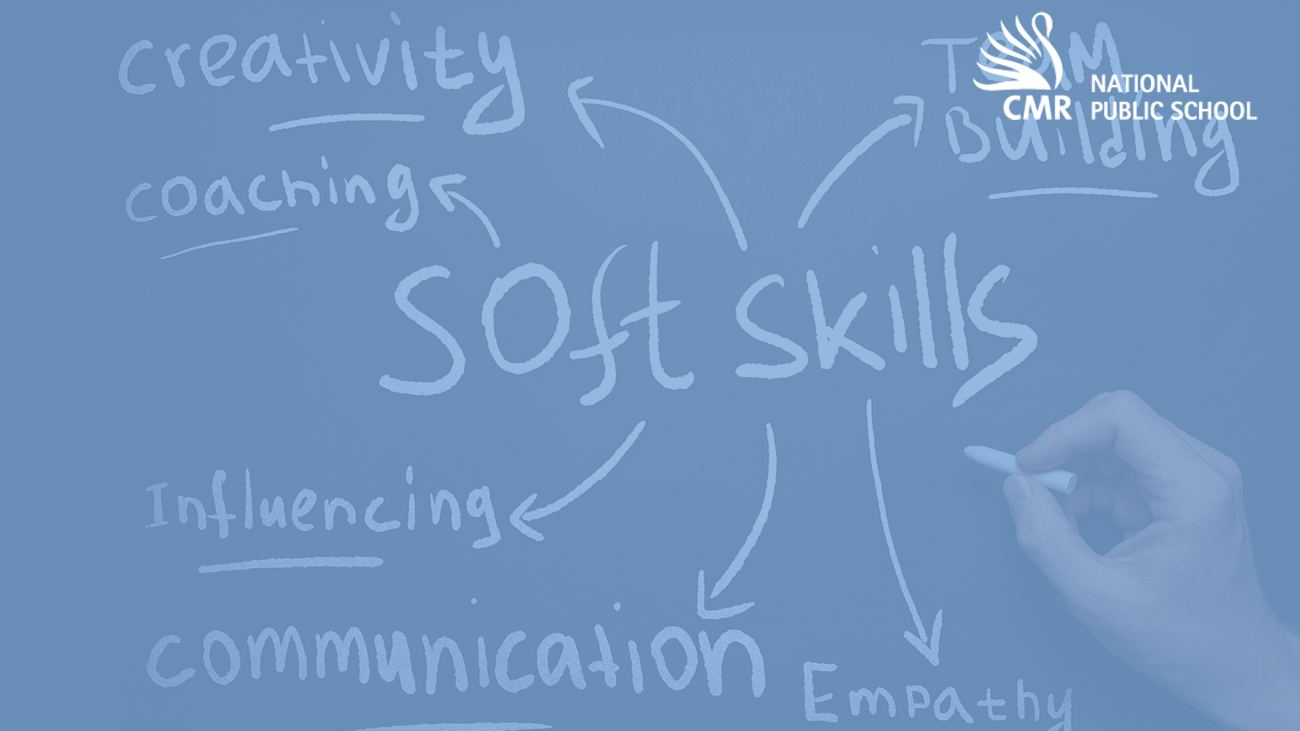Table of Contents
Another feather in the cap of CMR Group of Institutions and Ekya Schools, as we were awarded grants to pursue research on projects revolving around Foldscope. We break down the details of our latest achievement in this blog series,
What is a Foldscope?
A Foldscope is an educational tool that is designed to bring the microscope to the compass box of a student. It is an origami-style product which the user/student assembles before using the microscope. The magnification of the Foldscope is up to 1 micron and can be used on most cells, algae, bacteria, and pollen. These can be viewed with minimal effort by a student
Image from www.foldoscope.com
Foldscope is the ultra-affordable, paper microscope that you assemble yourself. Designed to be extremely portable, durable, and to give optical quality similar to conventional research microscopes (magnification of 140X and 2 micron resolution), Foldscope brings hands-on microscopy to new places!
What is the Foldscope grant all about?
The Foldscope grant competition invited applications from across India for projects promoting the use of the Foldscope as a means to generate interest in Science.
This grant, the first one being awarded for the use of the Foldscope as an educational, training and research tool, saw a total of 525 applications from schools, colleges and citizen scientists across India. The competition offered the grant to use the origami paper microscope to promote exploration in scientific areas.
Under this programme, selected applicants will be in a twinning programme with schools/colleges across the Northeastern region of India for the exchange of students and ideas. The CMR Group of Institutions was fortunate enough to apply for this grant and be a part of projects that focus on sustainable development of our planet and eco-science, thereby make science interesting and exciting.
Who awards the Foldscope grant?
This is an initiative by The Department of Biotechnology (DBT), The Ministry of Science and Technology, Government of India in partnership with Foldscope Instruments Inc and PrakashLab (Stanford).
How is the Foldscope unique?
Technical Aspects: The Foldscope uses magnetic rings and one of them encapsulates the lens (aspherical lens), which is the key component of the Foldscope. The assembling of the Foldscope takes a few minutes. The construction of the Foldscope is such that the slide can be moved while viewing and the experience of a typical microscope is not compromised. The magnetic lens gets automatically attached when the Foldscope is folded properly. This provides a handy tool for enhancing curiosity in children.
Outreach: The Foldscope’s attraction lies in its affordability and enablement for the purpose. The inventors of the Foldscope took the pain to simplify not just microscope, but slide making, biological sample handling, experience, etc.
An Example of using the Foldscope:
During the workshop in Delhi on March 16-17, 2018 one of the exercises included slide making with cello tape and the process took less than a minute to make the same. This was probably one-tenth of the time for typical slide making which involves many steps.
Details of the five foldscope grants awarded:
- CMR National Public School – for the study of pollen and dust mites.
- CMR National PU College, ITPL – for studying nano & microparticles in common foods.
- Ekya School, ITPL – for the study of mosquito identification to map the mosquito-borne diseases.
- Ekya School JP Nagar – for the study of identifying and presenting “Garcinia Morella” the only plant antibiotic containing tree for the Western Ghats.
- CMR Institute of Technology – a par B foldscope grant for research on nanoparticles for a new generation microchannel based sensor.
Ms. Rajini Ashokan(Ekya Schools), Ms. Anitha Sridhar(CMRNPUC), Ms. Hemamalini B(CMRNPS) and Dr. Phani Kumar Pullela (CMRIT) at the National Foldscope Orientation Workshop
These grants will ensure that students can maximize their understanding and use of the Foldscope and exploit its potential for various scientific experiments. This is an opportunity to actually study the Foldscope and its benefits in depth and use it to benefit various factions of society and science enthusiasts.
Look out for our next blog where we detail how each of the 5 projects is being done and be a part of our exciting Foldscope journey across campuses.




